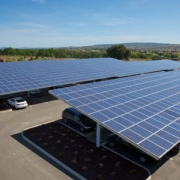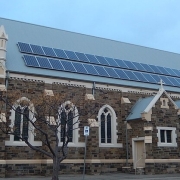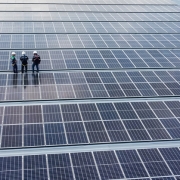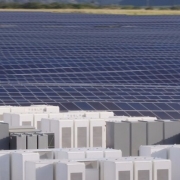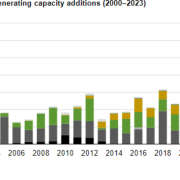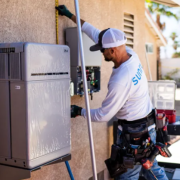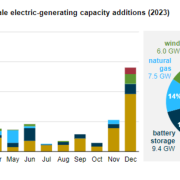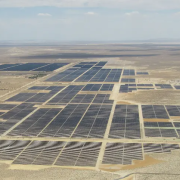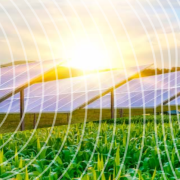Solar became California’s biggest non-fossil fuel source of electricity sales in 2021, according to the latest data from the California Energy Commission.
In total, solar accounted for 15.9% of the state’s retail electricity sales, the highest among all renewable energy sources, followed by wind (11.5%) and geothermal (5.8%). In addition, 37.2% of the state’s retail electricity sales were from RPS-eligible (Renewables Portfolio Standard) sources in 2021, leading nuclear (10.8%) and large hydro (10.7%).
Together, non-fossil fuel sources contributed to about 59% of California’s retail electricity sales. This amount remained unchanged from 2020 despite the jump in renewables and drought-related declines in hydroelectric generation.
Click here to read the full article
Source: PV Tech
—
If you have any questions or thoughts about the topic, feel free to contact us here or leave a comment below.

